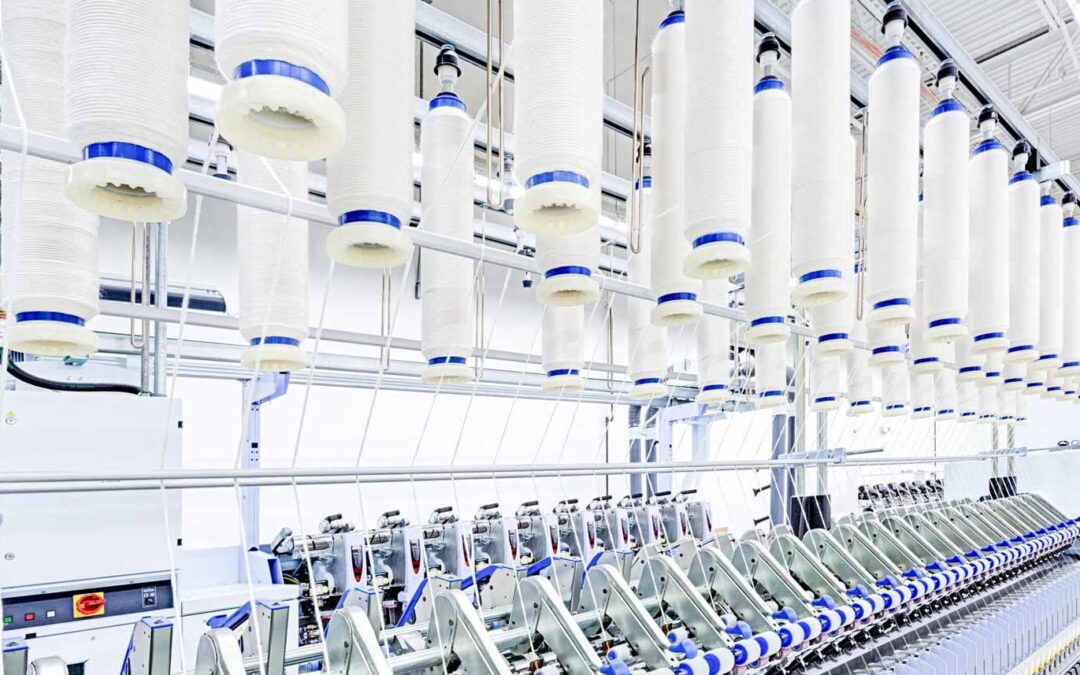The Road to Net-Zero
Since 1980, the U.S. cotton industry has recorded a 25% reduction in GHG emissions.1 And, in line with the U.N. Sustainable Development Goals,2 the U.S. cotton industry has committed to a science-based target for a further 39% reduction by 2025.3
The improvements in GHG emissions have come from a variety of sources: increased production efficiency; regenerative agriculture and increased soil carbon; the integration of renewable energy; and reduced impact of process inputs such as nitrogen fertilizers.
Historically, the use of nitrogen-based fertilizer is one of cotton production’s major contributors to GHG emissions. Nitrogen is one of the most vital and common ingredients in fertilizers and serves as the main nutrient, or food, the cotton plant needs to grow. Nitrogen use efficiency – how accurately growers are able to tailor nitrogen applications to their crop’s actual needs – has improved immensely for cotton growers over the past decades and is one of the main strategies for reducing GHG emissions. New techniques and technological advancements have helped growers be more efficient with their nitrogen fertilizer use, making sure the plant has exactly what it needs when it needs it and no more. Precision agriculture management is key to lowering nitrogen-based GHG emissions and uses a range of technologies to better measure and predict their crop’s fertilizer needs, including sensors, drones, and sophisticated mapping and measurement tools. These tools and techniques have decreased total fertilizer use per pound of cotton by 14% since 1991.4
The increased adoption of conservation practices similarly reduces the quantity of applied nitrogen fertilizer.5 The potential reductions at a global scale are impressive – reducing nitrogen use in cotton production by 20% would reduce GHG emissions by 2.3 million U.S. tons CO2 equivalent per year; the same 20% reduction would also reduce field emissions associated with nitrogen fertilizer by 3.3 million U.S tons CO2 equivalent per year.6 Together that is equivalent to the GHG emissions avoided by running more than 1,000 wind turbines for a year.7



